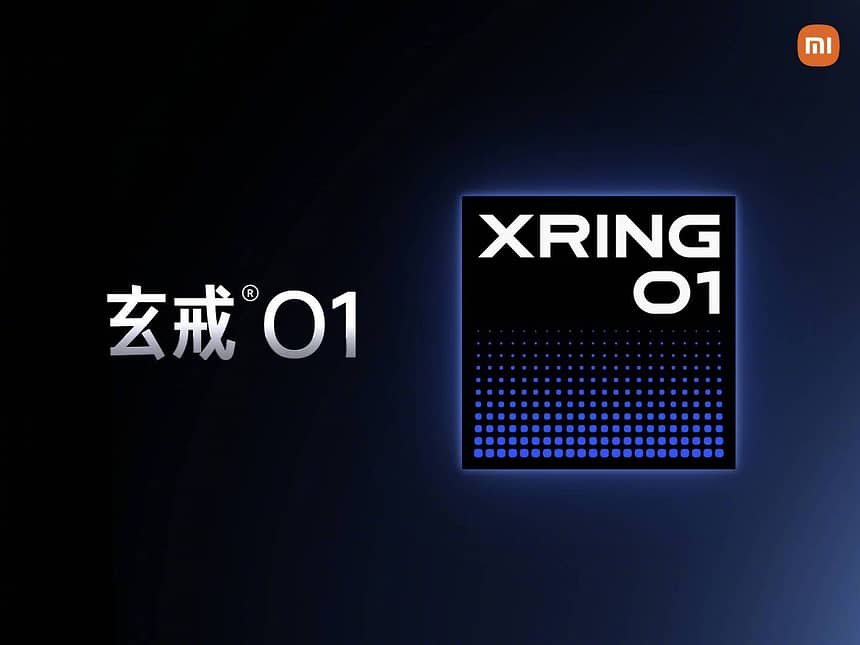The name of Xiaomi’s custom SoC ‘Xring’ was dropped a month earlier, and it did not take long for the company to proceed with the official announcement, with the new chipset called the XRING 01. CEO Lei Jun took to a micro-blogging social network to issue the unveiling, but as always, the important details, such as the specifications, have been left out. Thankfully, we have covered that information in depth on previous occasions, and we will revisit it right now so that you are aware of what kind of silicon will power future Xiaomi smartphones.
Previous reports mentioned that the XRING 01 would leverage TSMC’s 4nm technology, but Xiaomi is rumored to have a 3nm version that could enter mass production in the future
Apart from mentioning that XRING 01 would be showcased later this month, no other valuable information was shared on the Weibo post. Whether the Xiaomi CEO wishes to keep his audience in suspense or if there is another reason behind this move is currently unknown. Earlier, we reported that the XRING 01 would be mass produced on TSMC’s older 4nm process, but unlike the Snapdragon 8 Elite, the in-house solution would rely on ARM’s current-generation CPU designs, with the fastest one being the Cortex-X925 operating at 3.20GHz.
Utilizing a previous-generation manufacturing process could mean that Xiaomi is looking to avoid cost bumps, but we mentioned last year that the Chinese technology superstar had successfully achieved tape-out of its 3nm chipset, hinting that a launch could happen sometime in 2025. In addition to the increased expenditure, Xiaomi likely wants to steer clear of unwanted attention from the U.S., as it does not wish to suffer the same fate as Huawei.

Xiaomi has also been reported to have employed 1,000 personnel to develop the XRING 01, with the entire division spearheaded by a former senior Qualcomm director who will be directly reporting to Lei Jun. In short, to say that this venture has massive ambitions behind it would be a colossal understatement, and we look forward to the official launch later this month.
News Source: Lei Jun





